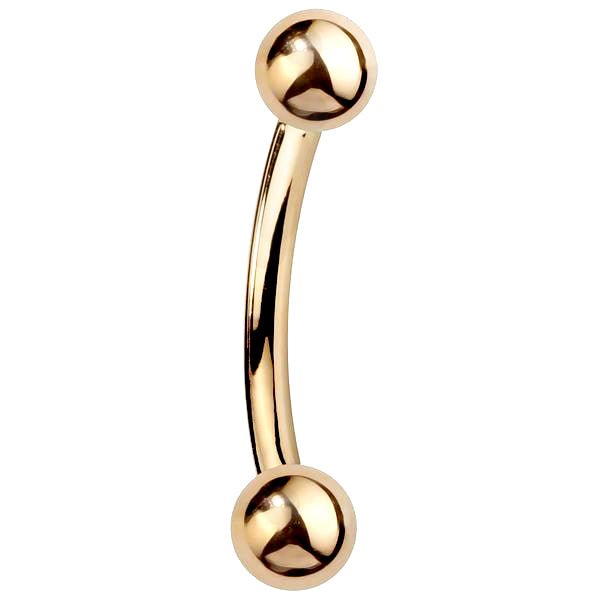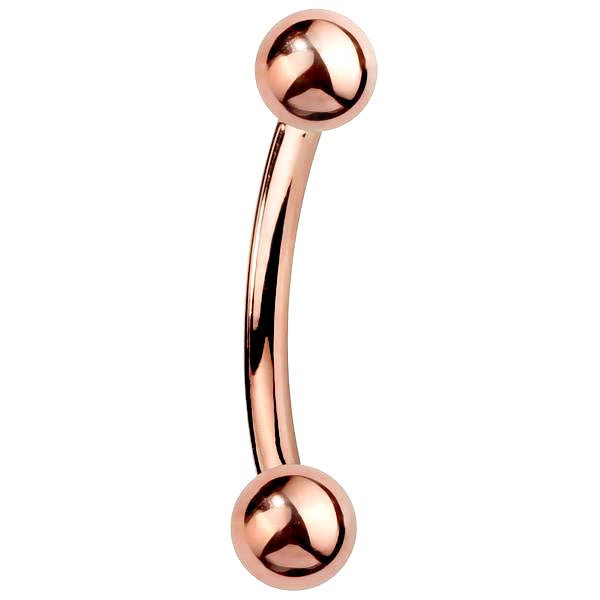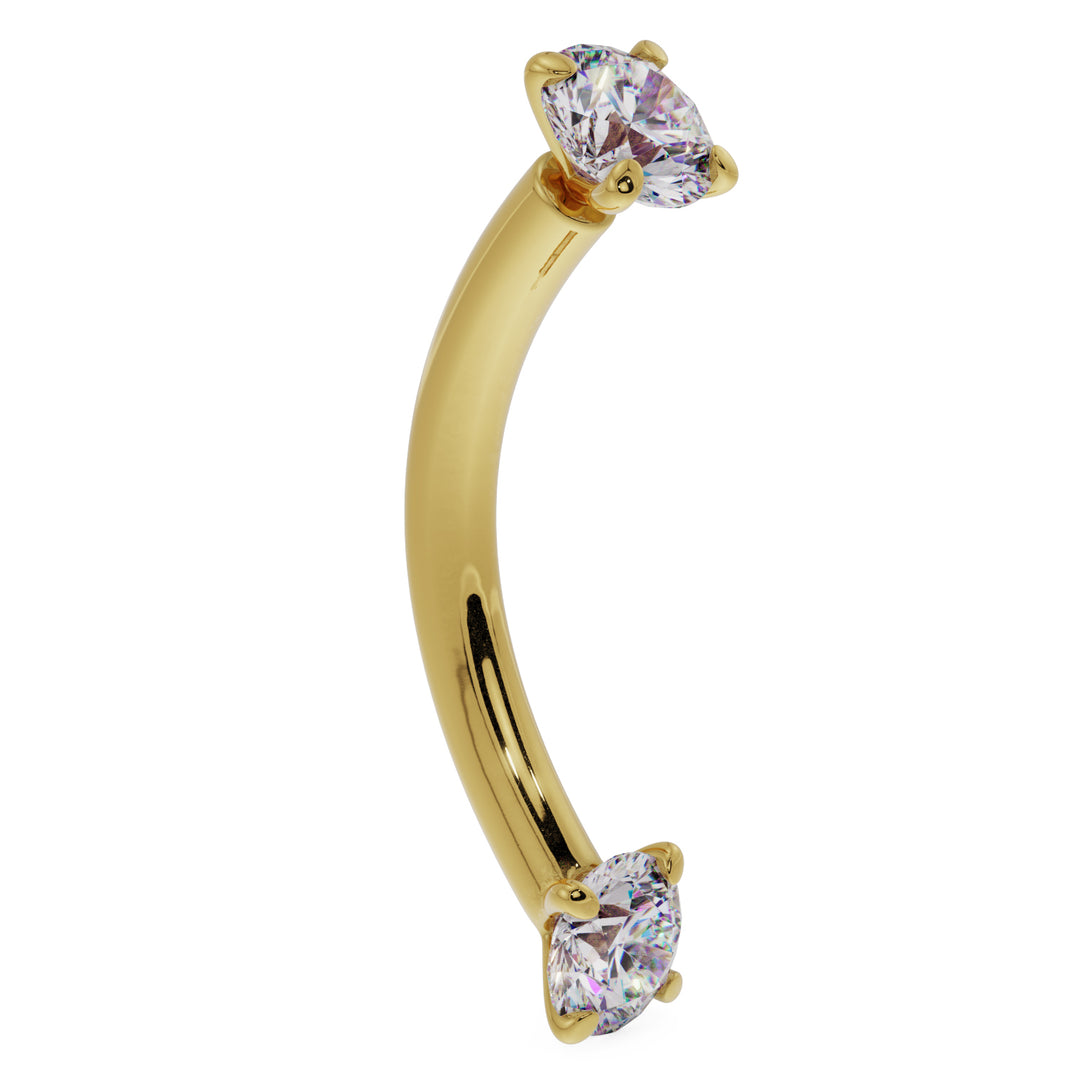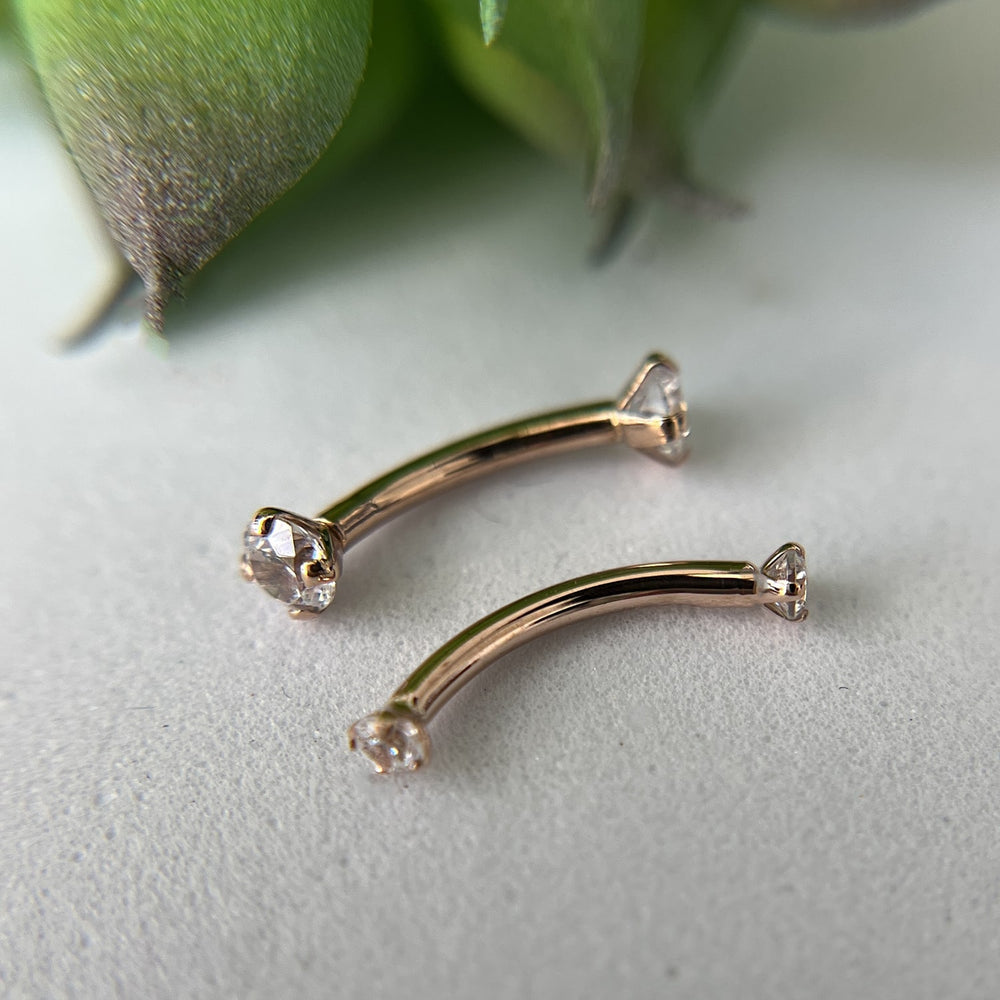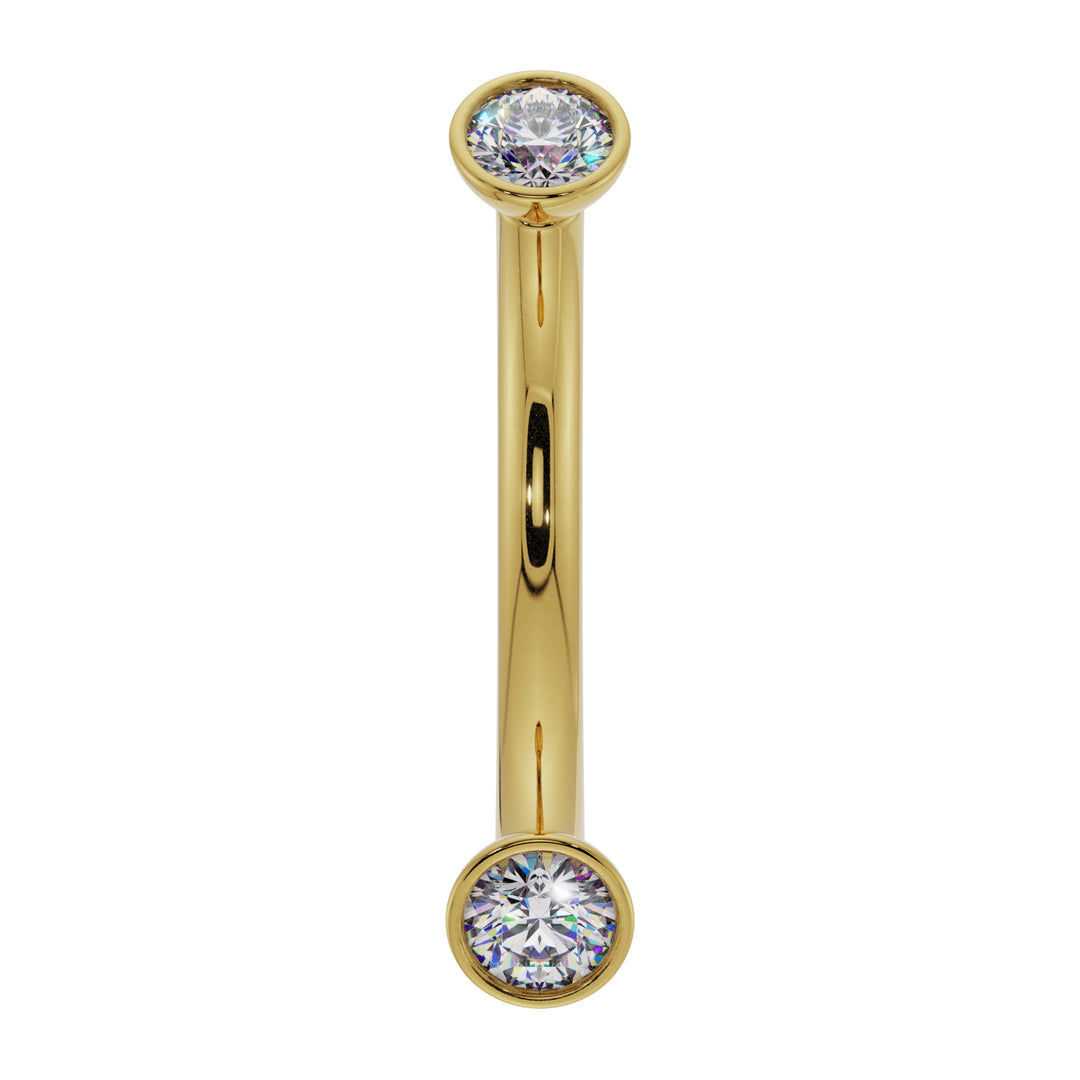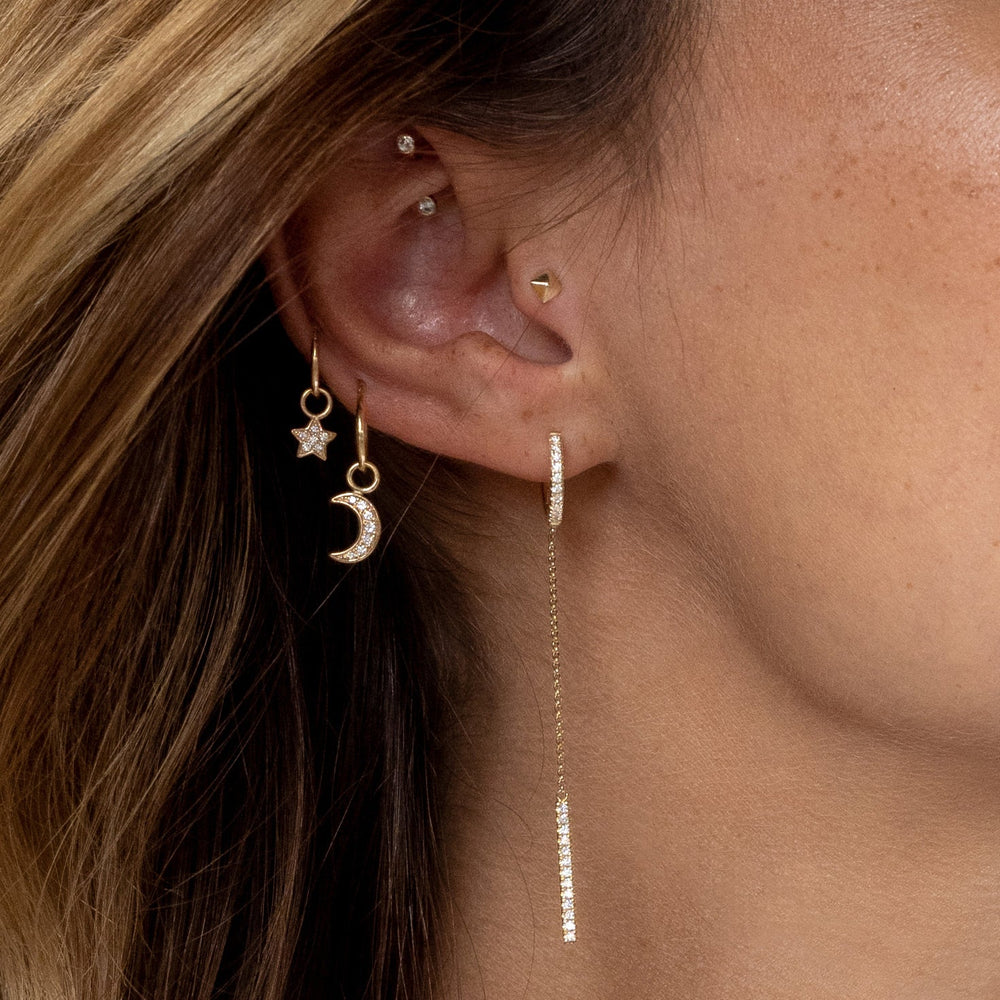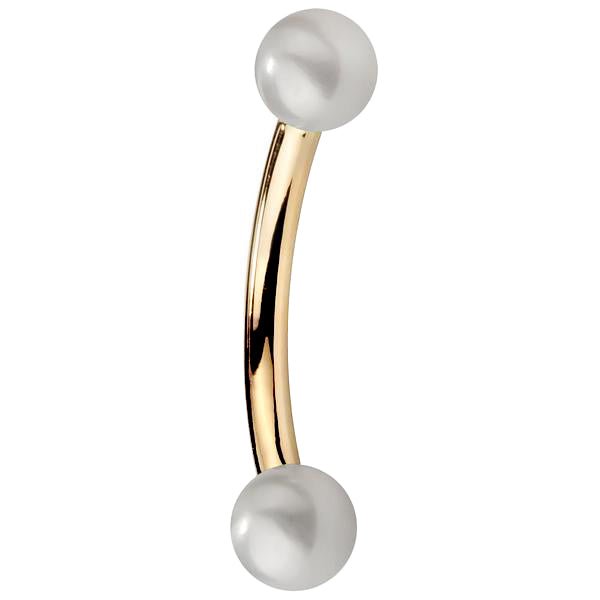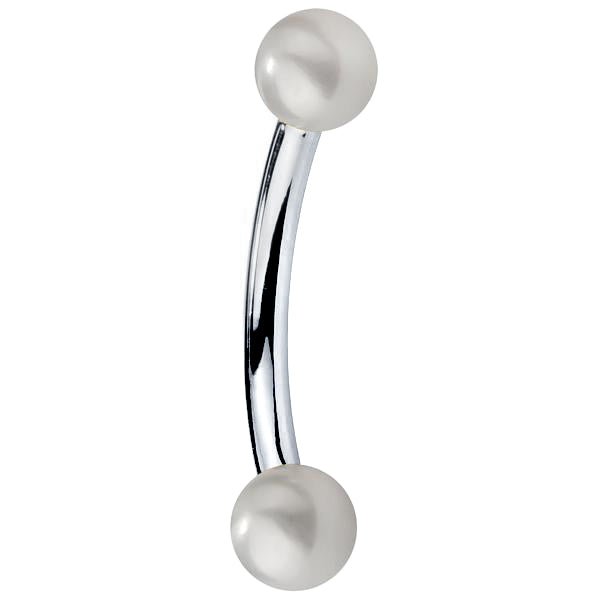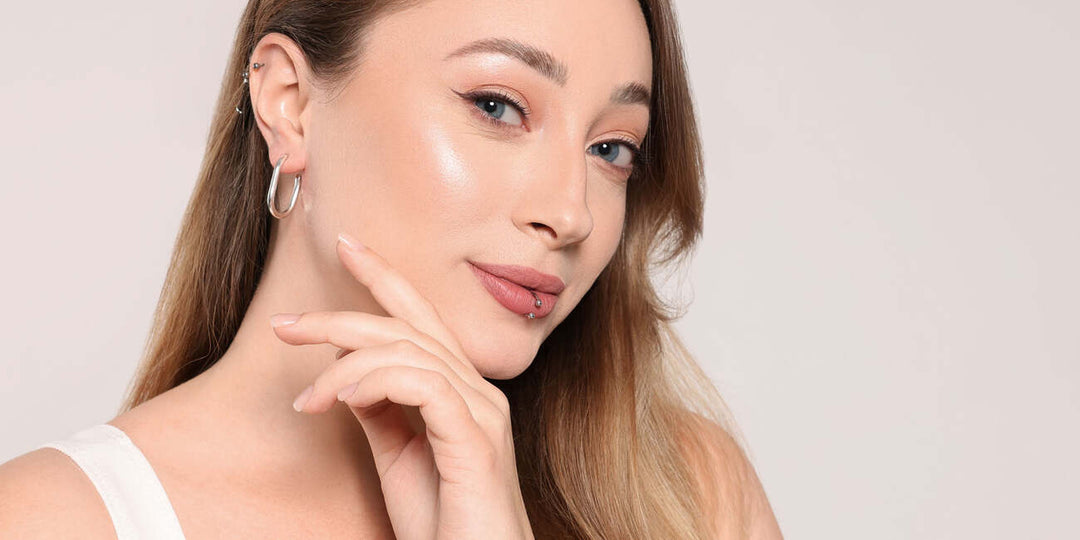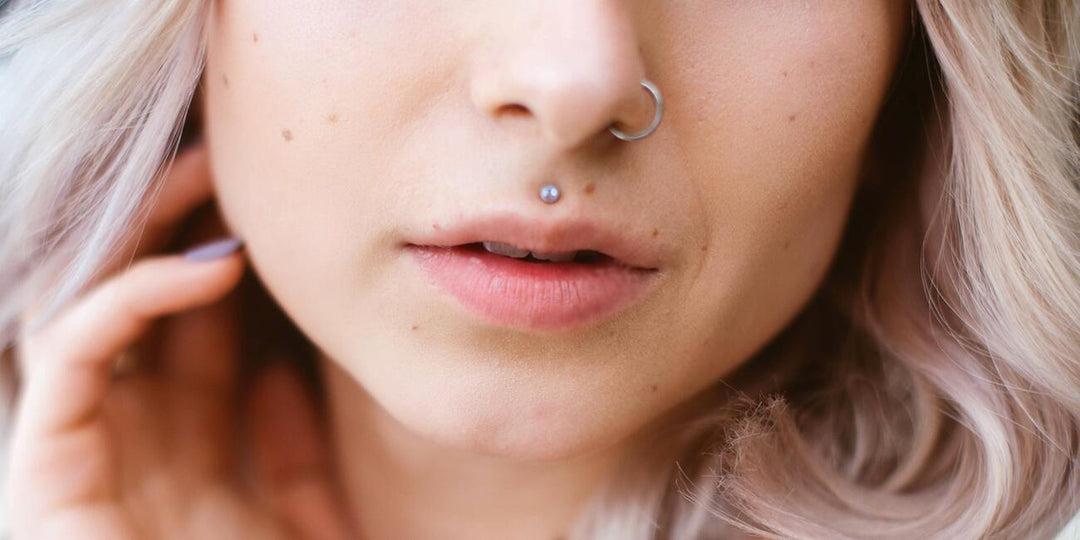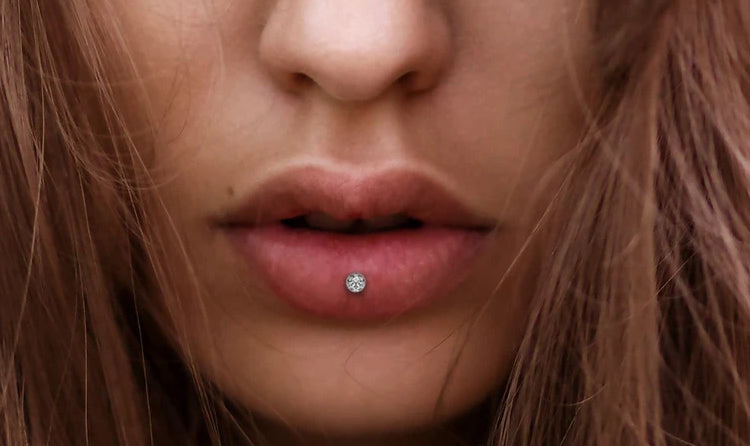The Vertical Labret Piercing: Everything You Need To Know
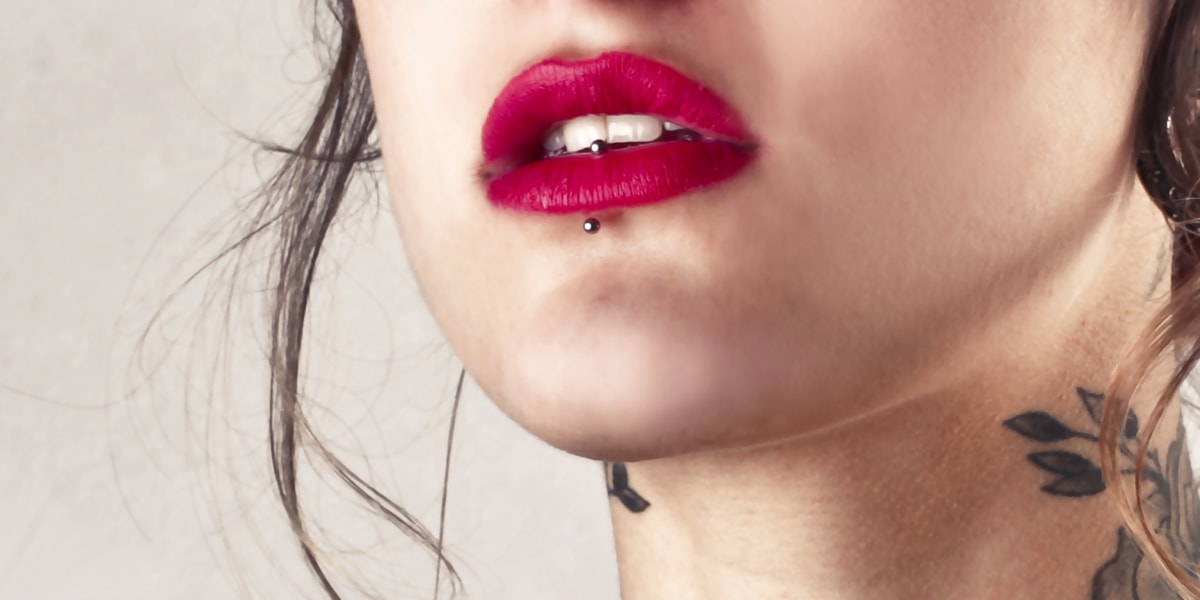

If you’re wanting a unique look that’s less popular than other lip piercings, then you should consider the vertical labret piercing. Although the name might sound as though this piercing is only a variation of the labret piercing, it’s actually a different piercing altogether.
What Is A Vertical Labret Piercing
While the labret piercing consists of a single puncture through the skin directly below the lip, the vertical labret piercing is made of two punctures that go through the lip itself and exit below the lip where a labret piercing would be placed.
Perhaps the most unique aspect of the vertical labret piercing is that it never touches the inside of the mouth. This means that your jewelry won’t scrape against your teeth and gums like other lip piercings, and it stays cleaner during healing since you don’t have to worry about the bacteria in your saliva.
If you have oral issues such as a receding gum line or enamel wear, then this might be the lip piercing for you. The vertical labret piercing is also perfect for those who want a stunning style that stands out.
Pain And Healing Time
Since the vertical labret piercing has two puncture points that go directly through the sensitive lip skin, this piercing is slightly more painful than other lip piercing types. Compared to other piercing types, it typically falls on the low-middle end of the pain scale. If you tend to be more sensitive to pain, be sure to find an experienced piercer who can guide you through breathing exercises and help make the piercing process easier.
As with most piercings, swelling, light bleeding, and throbbing are common. However, if you experience these symptoms in excess, it could be a sign that something is wrong, and you should consult a professional.
The vertical labret has a relatively quick healing time of 6 - 8 weeks. As always, the healing process varies, and you should talk to your piercer before stopping aftercare practices.
Aftercare practices for the vertical labret tend to be easier than other lip piercing types because no part of the jewelry or piercing goes inside the mouth. Therefore, you don’t have to worry as much about chomping on the jewelry, avoiding the jewelry while brushing your teeth, or cleaning the inside of your mouth after meals.
The location of the vertical labret directly on your lip does mean that there are unique things that you must pay attention to while your piercing heals.
Aftercare
Just like every other piercing, you should clean your vertical labret piercing 2 - 3 times daily with a piercing aftercare saline solution. This solution should contain no other ingredients besides salt and water. Some piercing aftercare contain additives like tea tree oil. These additives, especially tea tree oil, are irritating to new piercings and can actually hinder healing.
If you tend to bite or play with your lips, then the vertical labret piercing might feel a little invasive during the first few weeks. With any piercing, it’s important to refrain from touching or twisting the new jewelry until the piercing has fully healed, so you’ll need to take extra care to keep from licking your lips or subconsciously playing with your jewelry.
To help quicken your healing time, here are some tips:
For shorter healing times and to avoid infection, here are some tips:
- Choose your food wisely. Even though the piercing doesn’t enter your mouth, you’ll still need to take care when eating certain foods. For example, the oils from chilis and other spicy foods can easily get into the piercing on the lip and cause discomfort. After you eat, you must ensure that no food residue has gotten lodged in or around the new piercing.
- No kissing or oral play during healing. Although this is a common tip for all oral piercings, it’s especially important for the vertical labret since it’s located directly on the lip. Not only does kissing introduce harmful bacteria to the piercing, but it can also agitate the skin around the piercing, causing trauma to the piercing site. Once the piercing has fully healed, kissing won’t be an issue.
- Stay away from chapstick or lipstick during healing. You should stay away from any foreign substance around the piercing, except saline solution or other aftercare products. Chapstick and makeup can get stuck in the piercing and cause an infection.
- Make sure the jewelry you wear during healing is large enough. Swelling is likely to occur at any point during the healing process, although it’s most common during the first few days. Your jewelry must accommodate this swelling, otherwise, the jewelry may become embedded in the skin.
Related Products
View all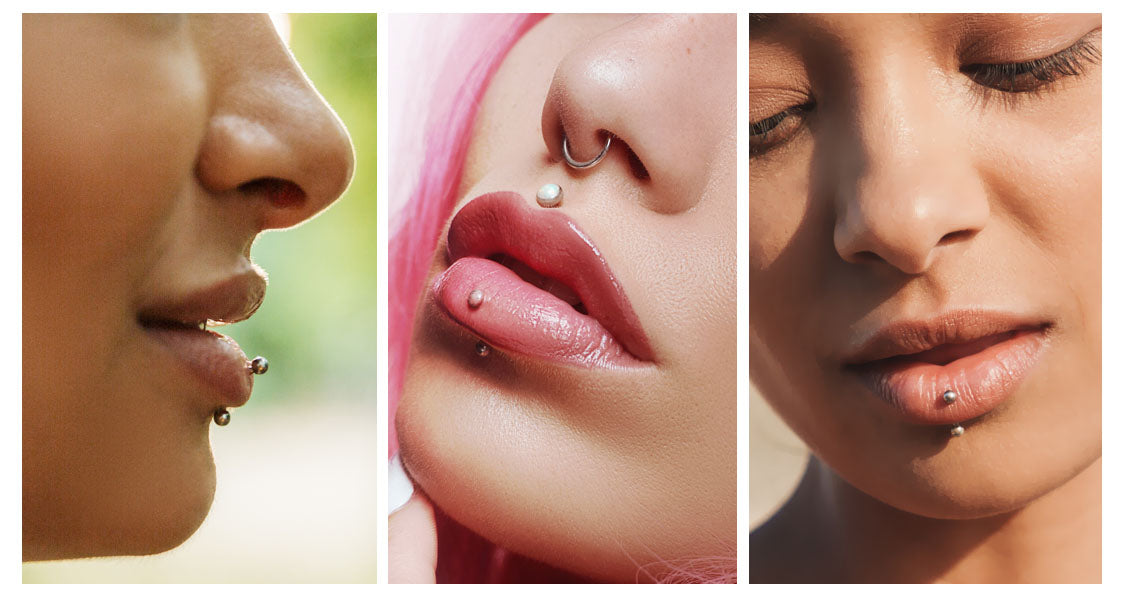

Side Effects
As with any piercing, the vertical labret piercing is susceptible to a number of side effects. These are mostly avoidable with proper aftercare, however, accidents happen, and trauma to the piercing site can elicit these side effects. Sometimes, side effects may appear even if everything is done right. The good news is that most of these will go away with proper treatment, and they rarely result in long term effects.
- Piercing infections are among the most talked about piercing side effects, but they are actually quite rare. They usually appear as the result of poor cleaning practices. Simply practice good hygiene and keep the piercing clean, and it’s unlikely that your vertical labret piercing will become infected. Signs of an infection include green or yellow excretion, swelling (especially a week or more after piercing), bleeding, and a feverish feeling around the piercing site. If these symptoms should appear, visit a medical professional immediately.
- Piercing bumps occur due to poor aftercare practices, trauma, or irritation. There are three main types of piercing bumps: pustules (pimple-like bumps), hypertrophic scarring (bumps that form due to collagen buildup), and irritation bumps (rash-like bumps). To avoid these side effects, make sure to keep the piercing dry, practice proper aftercare, keep the jewelry as still as possible, and try to avoid snags and tears. If a piercing bump should appear, talk to your piercer about treatment. They will usually go away with proper care.
- A note on keloids: Keloids are often listed among common piercing bumps that may appear. This is incorrect. Keloids are a result of a genetic disorder that affects only about 10% of the worldwide population. They are very large, dark growths that appear after any injury, and they can only be surgically removed. If you or anyone in your family has never developed a keloid before, then it is almost certain that the piercing bump you’re concerned about is not a keloid.
- Piercing rejection occurs as the result of trauma or because the piercing wasn’t pierced deeply enough. It happens as the result of your body pushing the jewelry out because it believes that it should not be there. Signs of piercing rejection include red, flaky skin around the piercing site, jewelry that’s noticeably moved, and a growing piercing hole. Although piercing rejection can occur at any time, it’s more likely to happen during healing. If you suspect that your piercing is being rejected, have your piercer take a look. If it is rejecting, they will likely recommend that you remove the jewelry to let the piercing heal. Once the piercing heals, you can attempt the piercing again
FreshTrends Tip
Wash the area with a sterile sea salt solution two to three times a day until it’s fully healed.
Vertical Labret Piercing Cost
The pricing of vertical labret piercing varies widely; piercers quote anything between $30 and $100.
Always invest in an experienced piercer. Not only will they be able to conduct the piercing in the most pain-free way possible, they will also have a developed eye that will ensure proper alignment of the piercing. Furthermore, they will properly place the piercing so that you can avoid piercing rejection.
At the very least, make sure that your piercer uses a needle rather than a piercing gun. A needle is more accurate, more hygienic, and less traumatic to the skin than a piercing gun is.
How To Change A Vertical Labret Piercing
On paper, changing a vertical labret piercing is simple. Just unscrew the ball end from your curved barbell, slip the jewelry carefully through the piercing hole, and securely twist the ball end back into place. (Be sure not to screw the ball end too tightly lest you strip the threading.)
Due to the long piercing tunnel, however, many find the vertical labret piercing difficult to change on their own. If you’re struggling to change your jewelry, visit your piercer and have them do it for you. They’ll be able to show you techniques to make the task easier, and they will avoid causing potential trauma to the piercing site by messing around with the jewelry too much.
After a while, you should be able to change the jewelry on your own.
Vertical Labret Jewelry
The shape of the vertical labret piercing means that curved barbells are almost exclusively used in this piercing type. Depending on the barbell length of your jewelry, the two beads of the curved barbell can take on a double-pierced aesthetic, with one ball appearing on the lip and the other directly below.
Most vertical labret piercings use a 14G or 16G curved barbell. You should opt for an internally threaded piece, since it aids in smoother insertion of jewelry and less trauma to the skin surrounding the piercing.
Your initial jewelry will only be worn for the first week or so of healing. It will be longer than the jewelry that you will later wear in order to accommodate initial swelling. Your starter jewelry should be made of titanium. This type of metal contains few alloys, so you’ll avoid irritation, and it’s inexpensive, which is ideal for a piece of jewelry that you’ll only wear for a few days.
Once swelling has gone down, and you’re reading to move to a more permanent piece, we recommend nickel-free 14k gold. This type of gold contains enough alloys to remain durable but few enough alloys that it shouldn’t irritate your skin. It also shines with a luster that even an untrained eye can appreciate.
Despite the limited jewelry types used in a vertical labret, you can still get creative with your curved barbell type. Many choose a smaller ball for more comfortable wear, but a bigger ball can add to a bolder look.
You can also choose curved barbells that have charms on both ends, a charm on one end and a ball on the other, or balls made from pearls, Baltic amber, or opal. Opting for a piece that has a ball that sits on your lip with a charm beneath adds adorable asymmetry to the otherwise symmetrical piercing and adds to the double-pierced look.
Vertical Labret Piercing Variations
Instead of going vertical, you can go for the horizontal labret piercing. In this piercing, both punctures are on the lip, placing the balls of the curved barbell side-by-side.
Like the vertical labret, the horizontal labret consists of two puncture holes that don’t enter the mouth; the piercer will thread his or her needle horizontally through the lip. This creates a double-pierced aesthetic with only one piercing.
This variation also uses a curved barbell with smaller ball ends.
